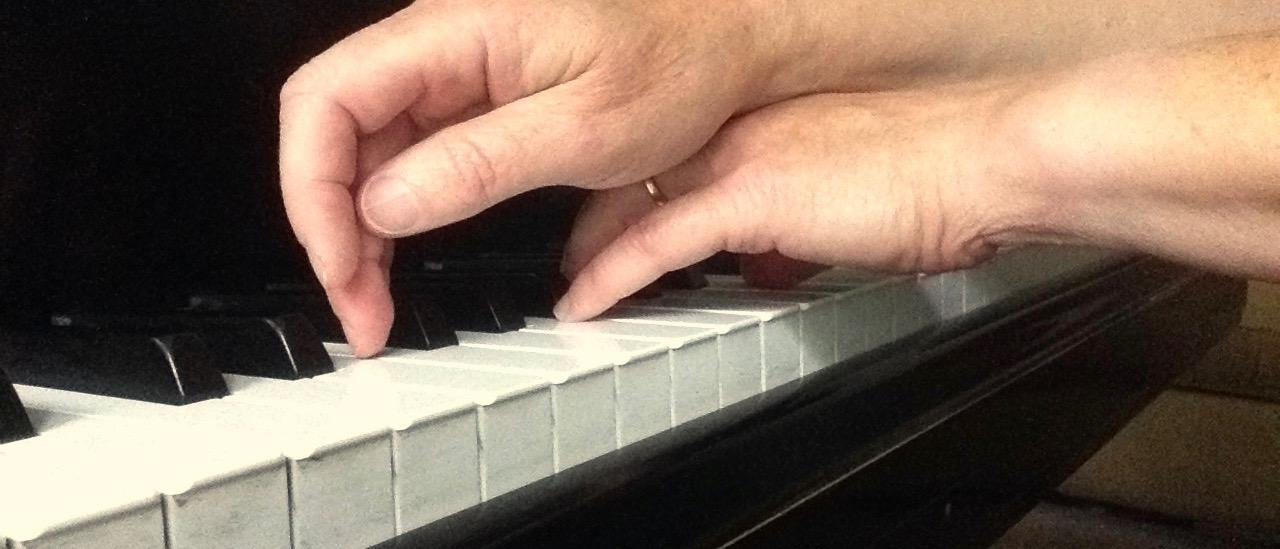One may ask, understandably, if I’m really playing each and every one of these P&F’s this summer. Yes, I am; every note, every sharp and double sharp, every trill. Just not every tie. Oh, how I wish I were a good enough sight reader to get the ties as well, but so many of them are dropped before their time, some are repeated upon the concluding note of the tie, oof! The beauty of Bach so often is deepened by the proper observation of the ties, and I cringe every time I notice I’m blowing them off. (Some legalese for my students: you are not allowed ever to blow off any of your ties in your pieces!)
Case in point is today, August 14, with the P&F no. 14 in F# minor, BWV 883. There are plenty of ties in the prelude, amongst the other rhythmic challenges of this beautiful, difficult piece (quads, triplets, duples, syncopations, sometimes all in one measure and underscored with, of course, a surreptitious tie). But the fugue! A double fugue by my count, three voices, four pages, and the subject is a rhythmic challenge/delight starting on rests, entering on “and” with eighths and immediately a TIE to the next measure’s “and” of 1 on sixteenths followed by another TIE mid measure followed by ANOTHER TIE into the next measure and resolving with a half note trill. If you are still counting effectively by then, you are good. It’s all countered with a second subject of two solid measures of sixteenths! How does it sound? Unforgettable and energizing, resolving to an ambiguous and perfect unison on the tonic. Youtube it; it is wonderful.
